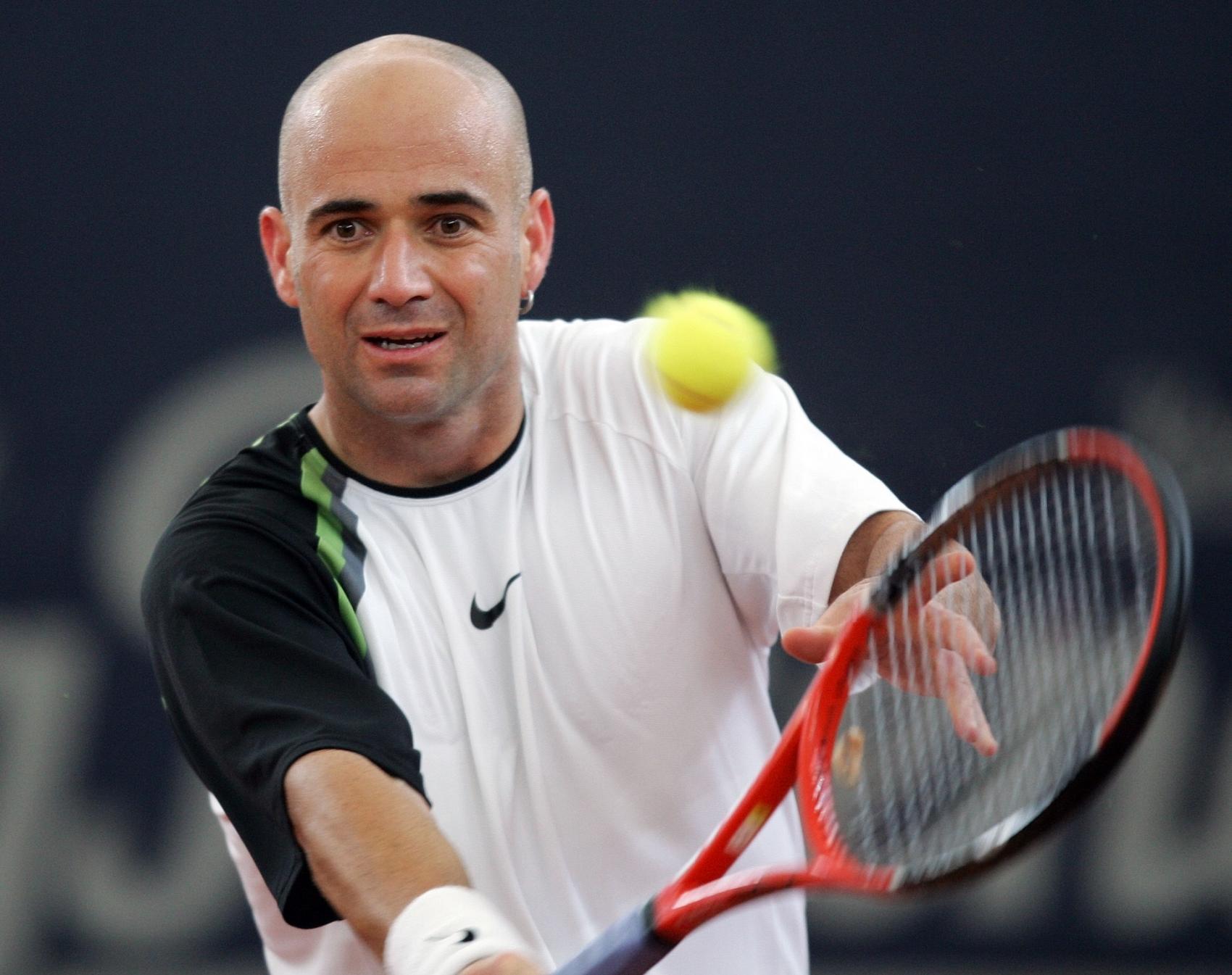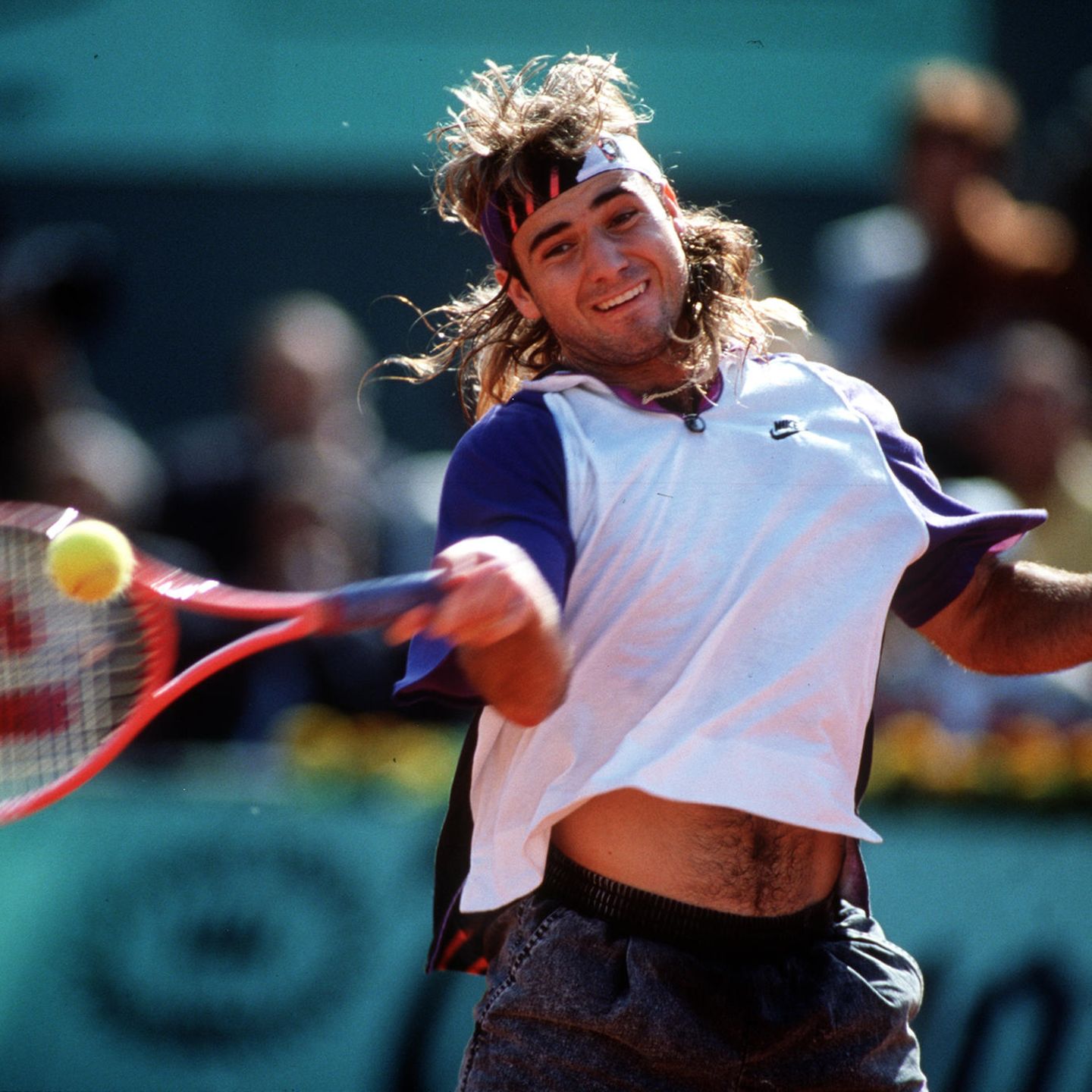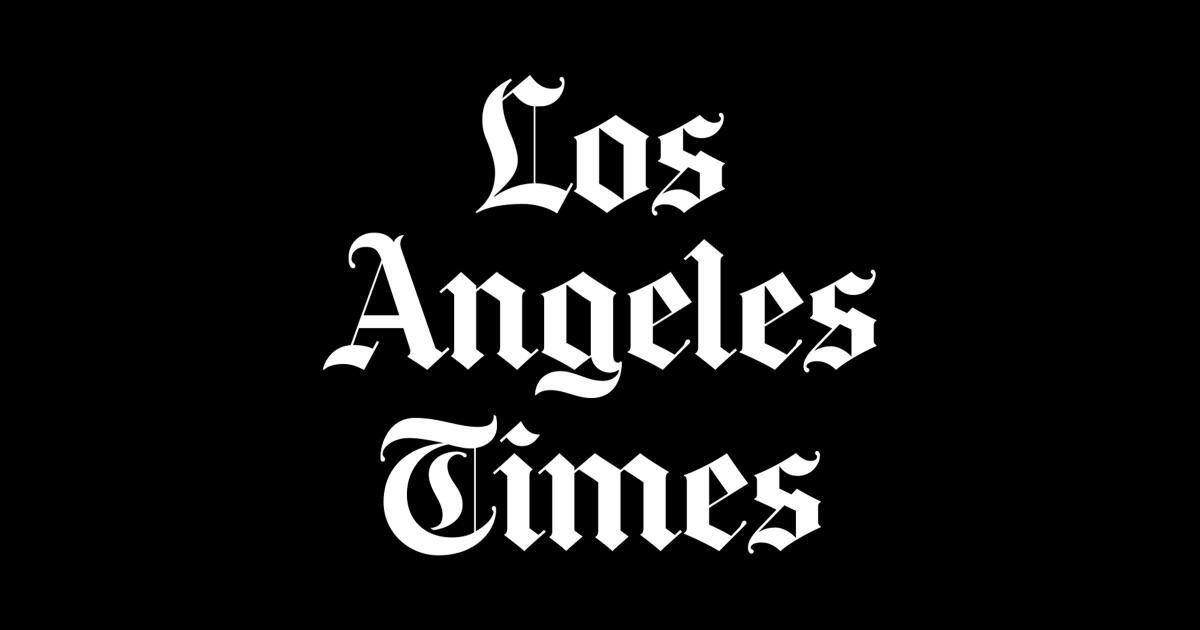The fact that you may be able to see the ball at contact does nothing to actually help hit the ball. The benefit to trying to watch the ball as long as possible is as has already been said - to keep the head still so the rest of the stroke is not altered. It's basically not useful on a faster ball to try to watch it any closer than about six or eight feet from the contact point, because even if you can see that it's not where you expect it to be, you can't do anything to correct it by that time. No pro, for instance, can adjust their racquet to make solid volley contact on a fast hit ball that just ticks the net.
There have been numerous studies done on baseball hitters watching the ball. They are standing still versus a tennis player and still lose sight of the ball around ten feet from the contact point.
Can you actually see the ball hit the bat? Can I follow it all the way in?

www.efastball.com
Motion Blur. The eye is not fast and motion blur is present. Shake you hand in front of your face and the fingers are blurry.
Consider the accuracies of working with motion blurs -
Suppose the eye is observing a ball from perpendicular to the ball's trajectory. When the ball is blurry you have a lot of blur in the direction of motion - it's a smear - and little blur in the direction perpendicular to the ball's trajectory. We'll see that this little blur allows accuracy in where we first touch the ball.
Racket Face Angle & First Touch Location on Ball. If you contact the ball with a specific angle on the racket face then the spot on the ball to first be contacted is determined. For example, the pro forehand top spin drive is impacted with the racket face
closed 5-10 degrees. That assures that the first spot on the ball to be touched by the racket face is on the top half of the ball. There's an internet calculator that shows exactly where on the top half of a circle that a tilted line will contact. The racket face closed tilt angle affects the
projection angle of the ball's trajectory (projection angle is between the ball launch trajectory and the horizontal, up-down). The projection angle is a very important factor in biomechanics that determines if the ball will be long or in. Also, the
azimuthal angle on the racket face determines more the side-to-side direction. Try touching the ball with a racket and look at first contact and racket angles.
Racket Angle & Motion Blur & First Touch Spot on the Ball. I would say that the racket face tilt and azimuthal angle in front of the ball determines accurately the location of the first touch on the ball. You do not have to see the print or a sharp ball image, you can work with the little blur and racket angles to reproduce the first touch location on the ball.
Perpendicular viewing of the ball's trajectory produces the greatest motion blur. It is located a little after impact for ground strokes. There is less motion blur for other distances and angles. For example, if the ball is 4 meters away, approaching, and the eye is 1 meter off the ball's trajectory, then the motion blur at 4 meters is much less.
I once got nailed by a hard overhead between the eyebrows. I recalled seeing - or thinking that I saw - the spherical ball - in time to guess where it was going to hit.... If you just see the ball getting bigger without much motion blur, it is coming directly at you.
Other Factors Beyond First Touch. The location of the ball impact away from the centerline of the racket face (shaft centerline) will tilt the racket face rapidly. How off centerline hits affect the ball is another factor. ? Racket head path, impact effects and other things will be more factors affecting the ball's pace, spin and trajectory.
Timing. There are also timing considerations that indicate to me that training must have to deal with them. When we feel and see things there's been a considerable delay since those things happened. For example, there are many millisecond delays between seeing something, deciding some action and getting nerve signals back to muscles to respond in time. But we can also predict things ahead of time, based on experience and observing the earlier parts of the ball's trajectory. That's how we catch a ball. Our brains learn to make sense of the timing issues during training.






:quality(75)/arc-anglerfish-arc2-prod-elcomercio.s3.amazonaws.com/public/K4DYYCW6TNB23PUO4SSAOUVUDA.jpg)

